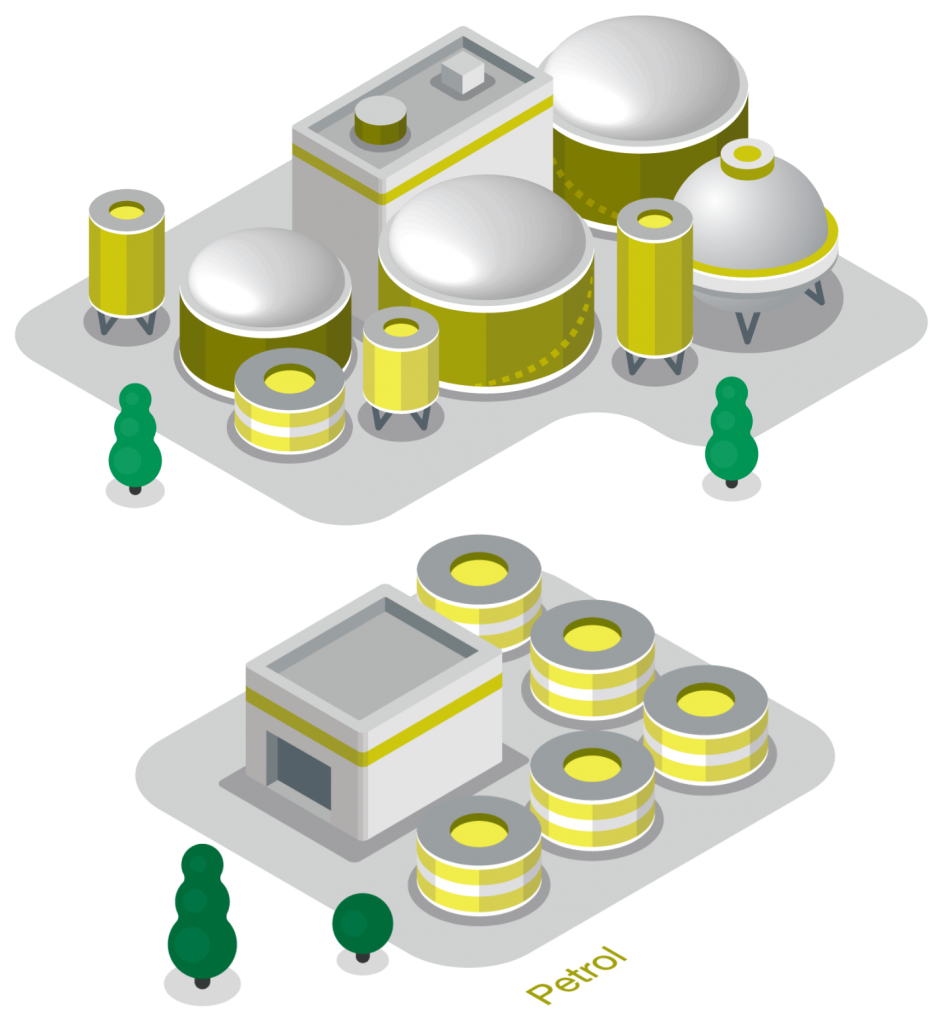Fuel ethers can be produced from both petrochemical and renewable feedstock. The building blocks for fuel ethers are olefins combined with methanol or ethanol.
Production facilities of fuel ethers are typically located near feedstock supplies, either at a refinery with a fluid catalytic cracker unit, or at a chemical plant with a steam cracker. There are also large-scale “stand-alone” units based on butane isomerisation/dehydrogenation technology, where both the butane and the methanol are derived from gas sources of low alternative value, or dehydration of tertiary butyl alcohol.
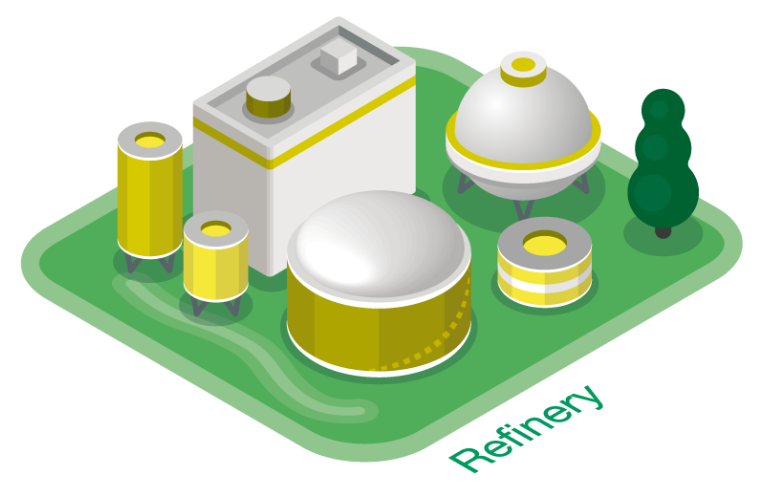
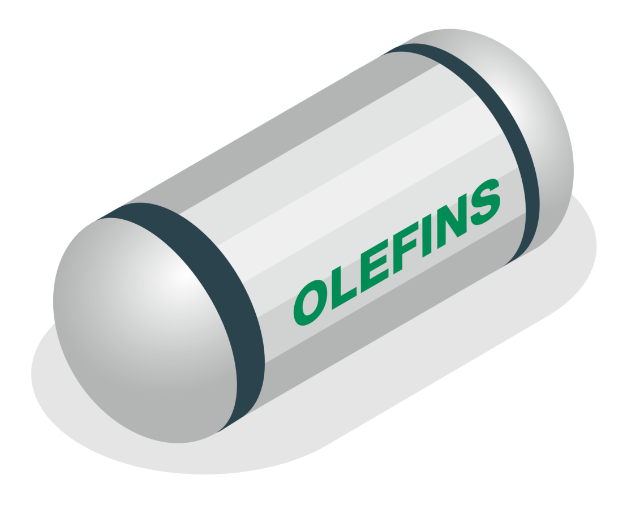

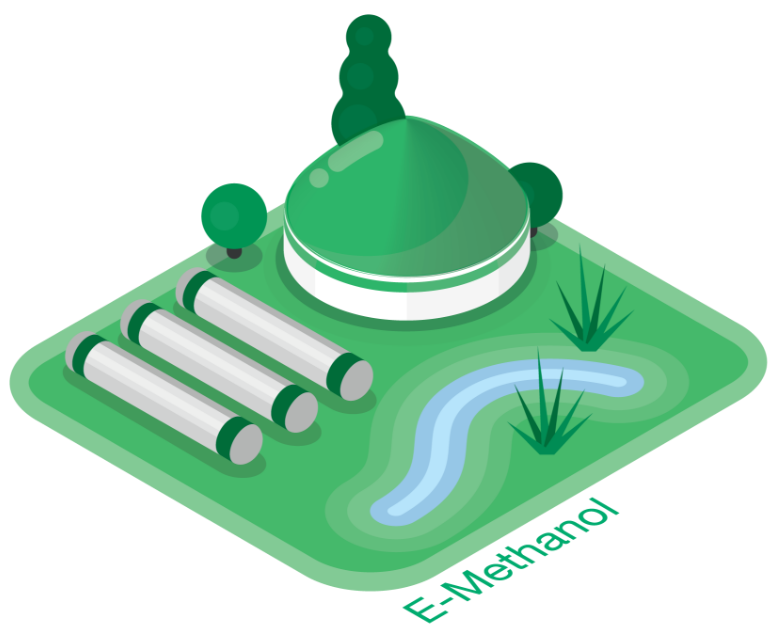
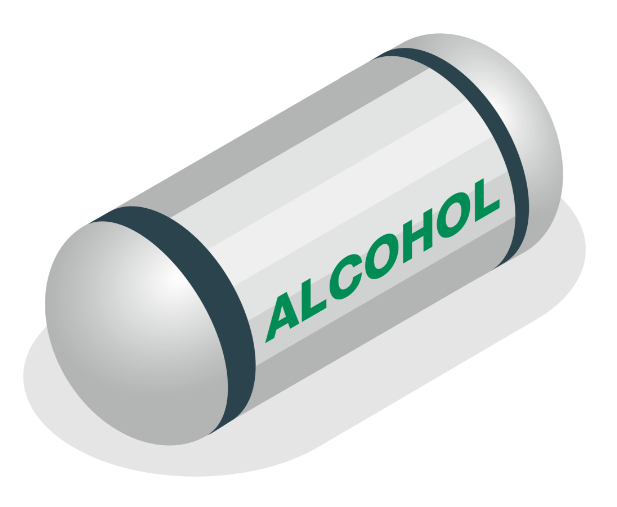

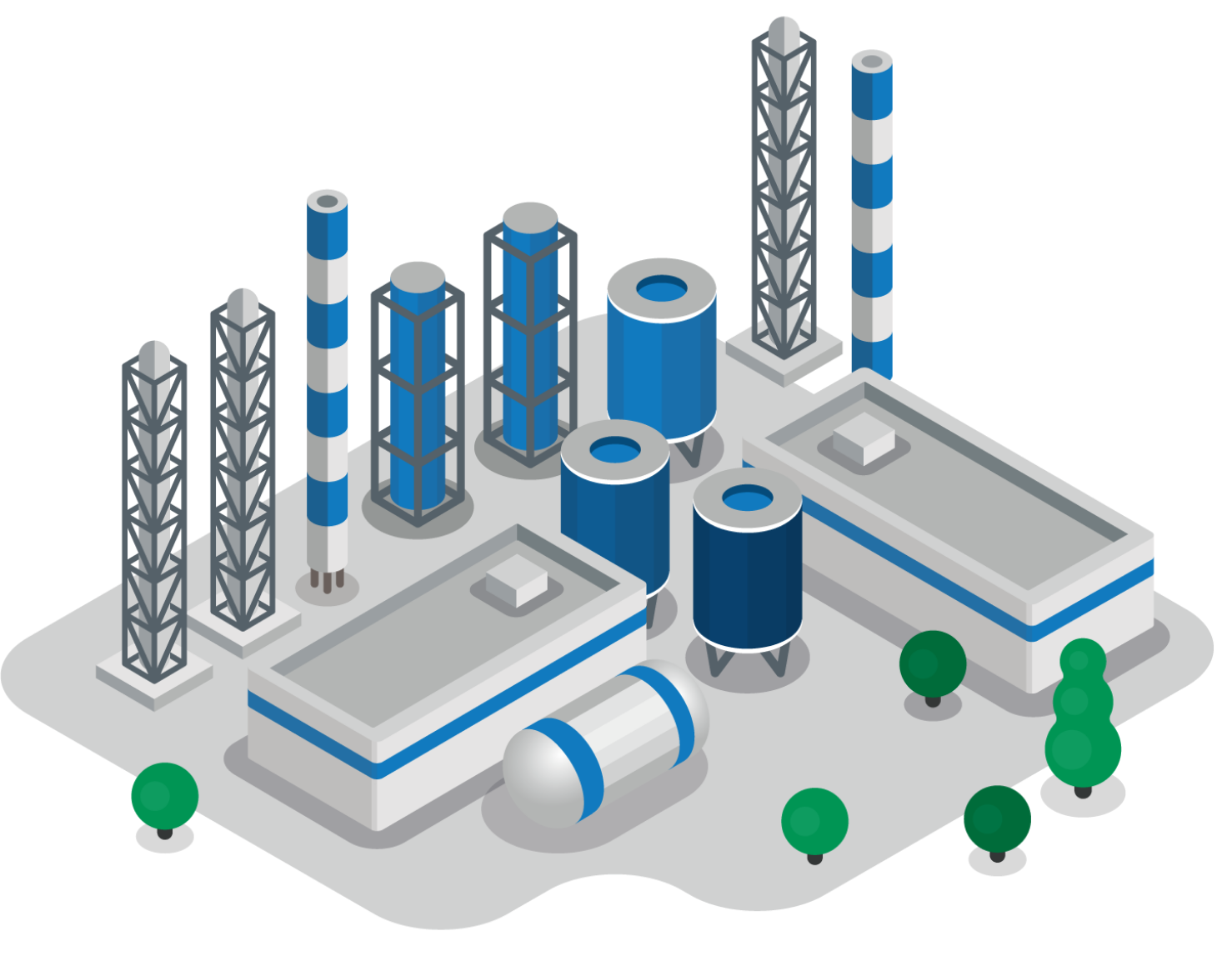
Fuel ethers are blended with petrol at the refinery
MTBE BIO-MTBE BIO-ETBE
TAME BIO-TAME BO-TAEE
